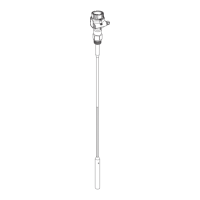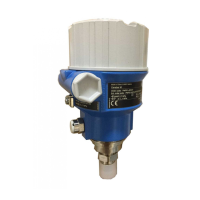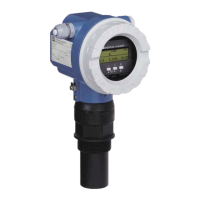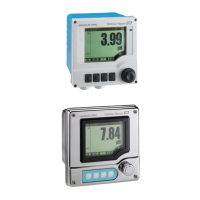Installation Proline Promag 53 MODBUS RS485
28 Endress+Hauser
Installing the high-temperature version (with PFA lining)
The high-temperature version has a housing support for the thermal separation of sensor and
transmitter. The high-temperature version is always used for applications in which high ambient
temperatures are encountered in conjunction with high fluid temperatures. The high-temperature
version is obligatory if the fluid temperature exceeds +150 °C (+300 °F).
!
Note!
You will find information on permissible temperature ranges on → ä 121.
Insulation
Pipes generally have to be insulated if they carry very hot fluids to avoid energy losses and prevent
accidental contact with pipes at temperatures that could cause injury. Guidelines regulating the
insulation of pipes have to be taken into account.
"
Caution!
Risk of electronics overheating. The housing support dissipates heat and its entire surface area must
remain uncovered. Make sure that the sensor insulation does not extend past the top of the two
sensor half-shells.
a0004300
Fig. 19: Promag P sensor (high-temperature version): insulating the pipe
Screw tightening torques (Promag P)
Note the following points:
• The tightening torques listed below are for lubricated threads only.
• Always tighten the screws uniformly and in diagonally opposite sequence.
• Overtightening the screws will deform the sealing faces or damage the seals.
• The tightening torques listed below apply only to pipes not subjected to tensile stress.
Tightening torques for:
• EN (DIN) → ä 29
•ANSI → ä 30
• JIS → ä 30
• AS 2129 → ä 31
• AS 4087 → ä 31
max.

